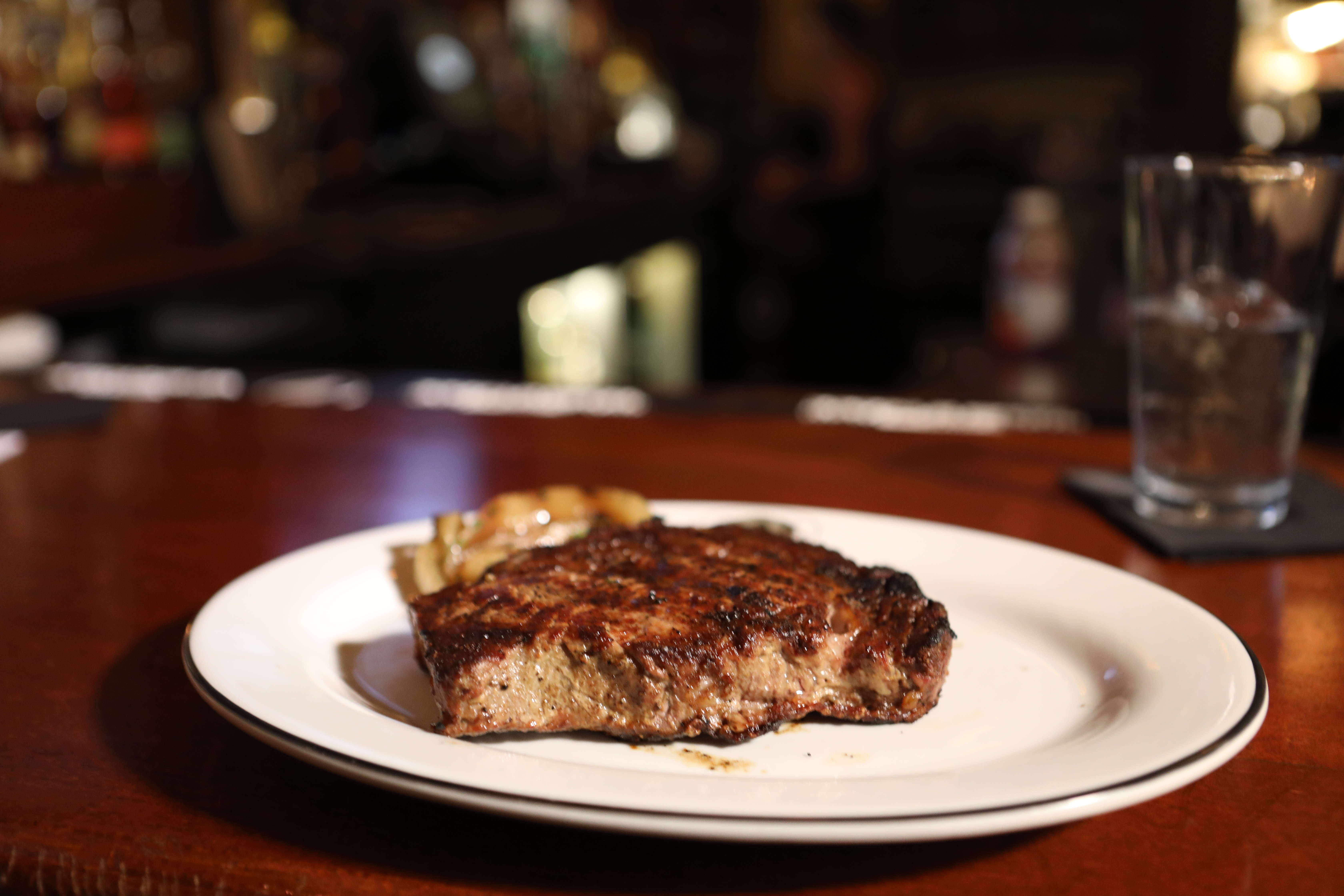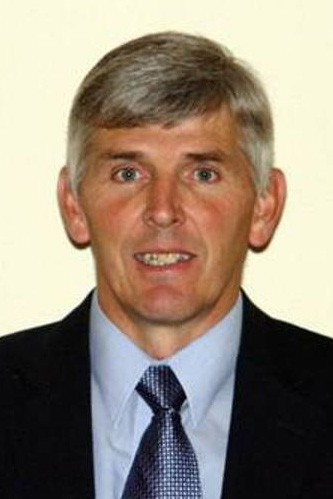
The customer knows best
by Miranda Reiman
Don’t let the media tell you what your customers want. Ask them yourself.
That advice from Edd Hendee, Taste of Texas steakhouse manager, could apply in many areas of the economy. He shared it with feedlot consultants at an Elanco Animal Health-sponsored symposium last month. It was held in conjunction with the Plains Nutrition Conference in San Antonio, Texas, April 9 to 10.
“We’re dealing with a problem that’s demand driven, but we’re acting like the problem only has to do with price,” the 37-year-veteran restaurateur said. Many trade publications suggest now is the time to cut costs or focus on price. But when Hendee took 90 days to talk tableside with some of the 6,500 customers who frequent his steakhouse each week, they said otherwise.
“My customers told me they wanted a high quality eating experience, and they’re willing to pay for it,” he said.
In this economy, even the most loyal customers are not coming in as often, but when they do, it’s with heightened expectations.
“I have a theory that no one who makes a decision to lower the quality of the product they’re serving does table visits,” Hendee said.
Since 1984, the $12-million-a-year business has served the Certified Angus Beef ® (CAB®) brand, which Hendee called “an insurance policy.” Oklahoma State research shows the chances of getting a tough strip steak with a Choice product are one in 13; with CAB, that drops to one in 50.
“Why would you raise the chance of giving a customer a bad steak by more than 300%?” he asks. Looking at the broader foodservice industry, he adds, “We consistently make value choices that are done in a panic because we don’t know what else to do.”

During nearly four decades in that industry, Hendee has learned about the other segments in the beef business. He regularly talks with packers and has visited ranches and feedlots. He said there is a parallel between what is happening in his dining room and what’s going on in cattle country.
“If you raise the quality or ensure the quality, the perceived value goes up,” he said. “It does not have to do with price alone; it’s a price-value relationship.”
While Hendee’s competitors are lowering quality and cutting corners to keep costs down, he said that short-term mentality will cost customers in the end. The same is true if cattlemen focus only on pounds, with no regard for the end product, he said.
Taste of Texas is located in one of the most highly penetrated markets in the nation for the CAB brand, yet Hendee’s sales continue to grow.
“People do not have a limit on how much CAB product they want,” he said. “They do have a limit on how much lack of quality they can put up with.”
So when the media says people want cheap, Hendee says, no, they want a good value—and those are two distinctly different concepts.


